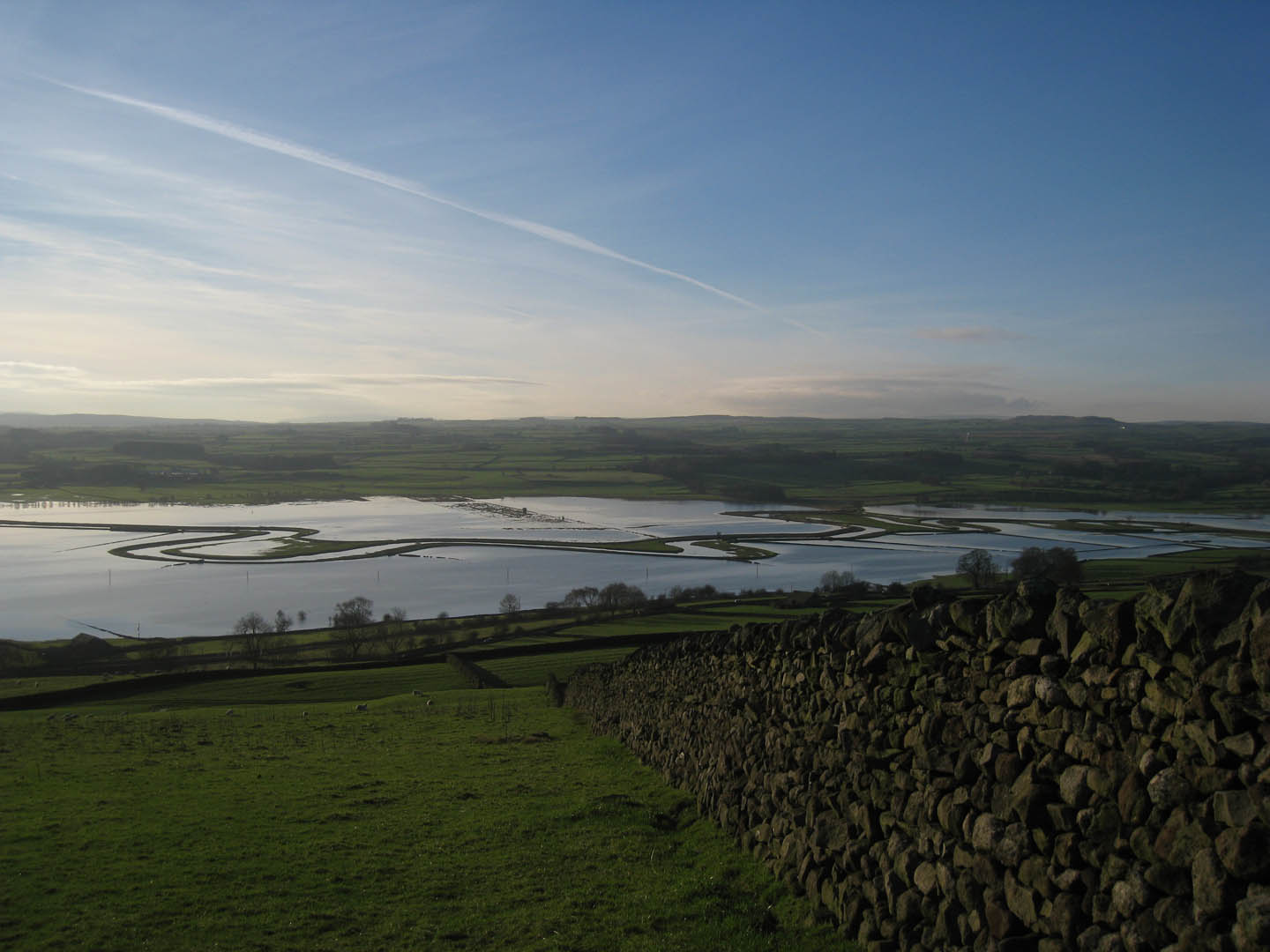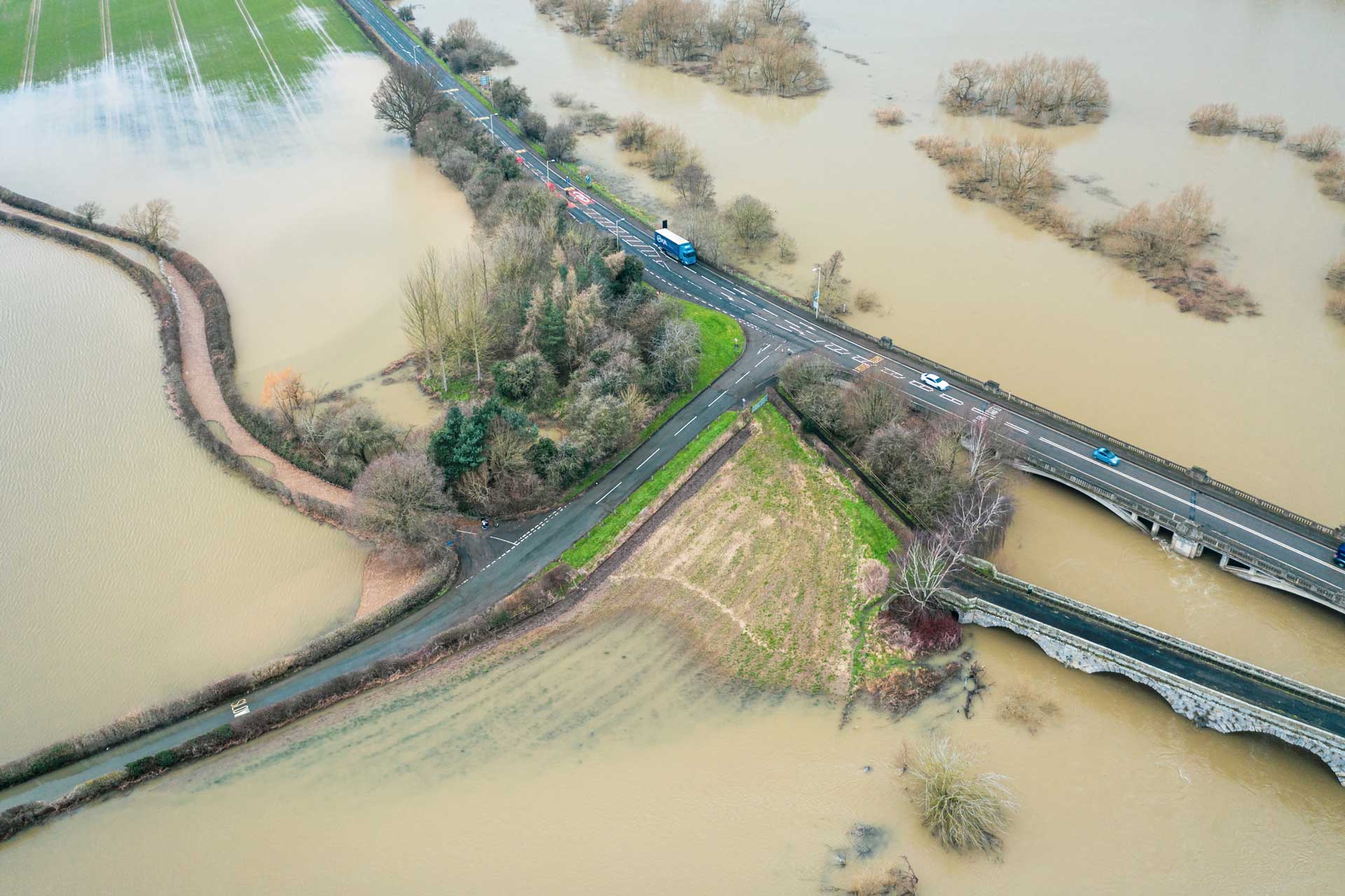
New National Planning Policy Framework and Flood Risk – What should we expect?
In anticipation of the updated National Planning Policy Framework (NPPF), which seeks to simplify and encourage development, Technical Director, Olivier Saillofest reflects on the key lessons that can be learnt from the current system.
Like many of us working in the development and planning industry, I hear an updated version of NPPF is on its way to simplify and encourage development. This represents a great opportunity in an industry subject to increasingly complex planning legislation and guidance.
Will the opportunity to take a step back and think about how the current system has deviated from the original core objectives of the NPPF and its predecessor be embraced? That's the million-dollar question. Let’s just hope that lessons have been learnt from the currently dysfunctional system.


What can be learnt from the current NPPF?
- The developer is not the bad guy
Developers do not build houses and employment sites for the sake of it. High-quality schemes with added environmental and social benefits can be achieved by working collaboratively – not by clashing with the inevitable demand for houses and employment land. - Embrace flexibility
A risk-averse approach is often grounds for justifying endless clarifications and requests for details (even for outline applications). However, some parameters can be ‘conditioned’ and save significant time and money for all parties involved. This is particularly relevant when considering resources, which are often limited on both the statutory consultees’ and the applicant’s side. In the end, every penny spent on another round of comments is a penny wasted on the proposals, delivery of associated benefits, or passed on to the consumer or taxpayer. - Simplify national guidance on flood risk
Unless the growing number of appeals is part of your business model, both the inclusion of ‘all sources’ of flooding to the Sequential Test and an extreme interpretation of NPPF/PPG have caused enormous challenges to the planning and development industry since 2021.
No one should be arguing for building anything in ‘high-risk’ areas, however:
- Whilst there was initially widespread agreement with the aims and message of the Sequential Test, its meaning has gradually turned into an unrealistic quest for perfection. This was particularly well illustrated when we learnt earlier this year that large development sites could sequentially be compared with multiple smaller sites.
- We do not have the tools to compare ‘all sources of flooding’ consistently. The flood risk datasets required to inform the Sequential Test are either unavailable, inconsistent, incorrect or constantly evolving. Should groundwater flooding be treated the same as fluvial flood risk? Do we have a mapping tool that can support such comparisons? What about reservoir flood risk? Should a site under 1m of flood depths in the extremely unlikely event of a reservoir breach be treated the same as a site subject to shallow fluvial flooding each year?
- Staying away from areas most at risk of flooding is not the same as building on top of a hill. Most houses are at risk of flooding to a certain extent – it is only a question of magnitude. Should developments on the edge of the 1,000yr (0.1% AEP) floodplain be sequentially tested the same as those located within the 30yr (3.33% AEP) floodplain?
- Current planning policies are designed to drive two primary objectives. To avoid flood-prone areas through the Sequential Test and to deliver broader benefits to the community. However, when applied in this order, development which is unable to pass through the rigours of the Sequential Test is turned down, even where it is demonstrably safe and contributes to a reduction in flood risk elsewhere. Why is the status-quo on flood risk favoured against solutions which could benefit local communities devastated by flooding?
Balancing flood risk and sustainable development
We often hear in the industry that people do not want to see developments in the floodplain. This would be a noble goal if we all lived in a perfect world, unconstrained by the many other factors of development and sustainability. Should our brownfield sites be forever left derelict because of flooding? Should we ignore that the heart of many of our communities, including sustainable transport links and access to key community facilities, often lie close to our rivers and coast? Sustainable development is so often about finding the right compromises; but in doing so, flood risk should not trump all other considerations.
Whilst I am relatively optimistic about the long-term future of housing in England, the path ahead appears jammed with obstacles that need to be removed. One of my more specific and immediate concerns regarding the next NPPF update is whether the enforcement of Paragraph 168 will be supported by the next round of NaFRA2 flood maps. Are we really going to see developments located outside the 1,000yr/ 0.1% AEP floodplain failing the Sequential Test because of climate change? What is the next step, no development within the 1 in 1,000,000-year floodplain? Making floodplain compensation schemes unacceptable for windfall sites? We look forward to finding out in Spring 2025.


Final thoughts
Meanwhile, some food for thought for policymakers currently working on the next NPPF revision. Before publishing the next NPPF update online, why not draw on lessons from the past and revert back to older planning policies, which actually did the job. For example, making brownfield sites exempt from having to pass the Sequential Test and limiting the test to fluvial sources only (including those not represented on EA flood maps), whilst adopting a sequential approach to 'all other sources of flooding'.

For more on the National Planning Policy Framework and its applications, contact Olivier Saillofest.

